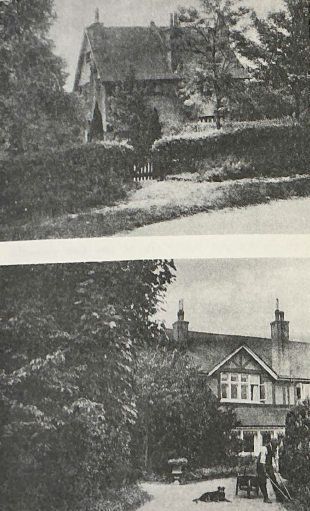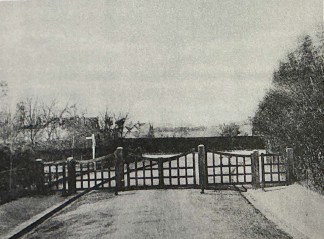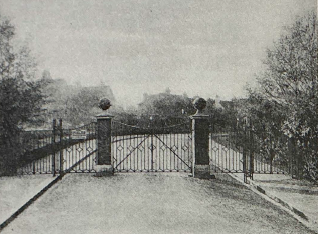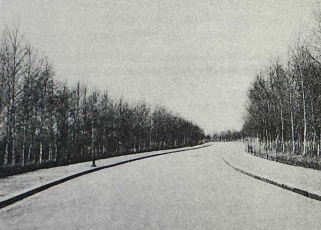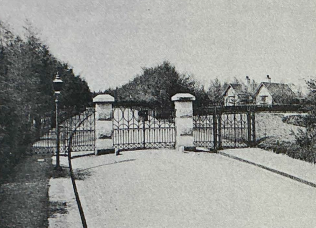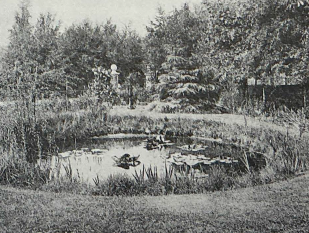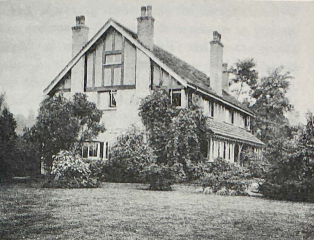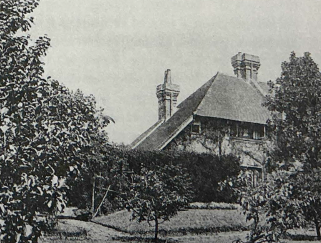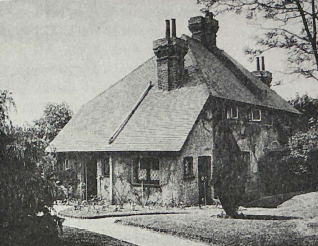A long and special history.
The History of Webb Estate
The name "Purley" is derived from "Pirlea" which means "Peartree Lea". Originally farmland, and now a conservation area, this secluded and relatively exclusive residential area has retained its atmosphere of tranquility and seclusion for over 90 years.
Named after William Webb, a local estate agent who bought the land in 1888, The Webb Estate derives not only its charm but also its originality from his unique approach to property development.
In his book "Garden First", Webb describes that approach as one based on the simple idea of "Co-operation between the Architect and the Gardener", and shows how the skillful management of plants can make almost any house or road attractive. Yet despite the apparent simplicity of the principle, such was Webb's attention to detail and so imaginative the planting schemes he introduced that the roads of the Estate, each with its own continuous border of flowers, shrubs or trees, are all uniquely picturesque.
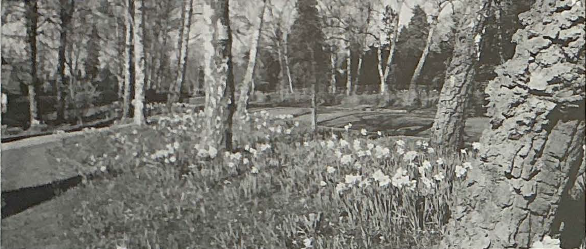
In 1999, the Webb family sold the freeholds of the roads to Webb Estate Limited, a company owned by the residents of the estate. This company continues the work of the Webb Estate Society in preserving the character of the estate. Development of the Estate began in 1888 with construction on Banstead Road and Foxley Lane, and was then extended into Upper Woodcote Village, which was completed in 1903. The Webb Estate is unique in the Croydon area because it was designed and built to one man's vision. William Webb wanted to create a Garden Village in the suburbs, for people who worked in the City. For thirty years Webb set about creating a village in which buildings, gardens and the roads were carefully and distinctively designed to a high physical and aesthetic standard.
Most development took place between 1901 and 1912, and by 1919, all of the principal roads were substantially complete. Webb's own house, Upper Woodcote House, was completed in 1903.
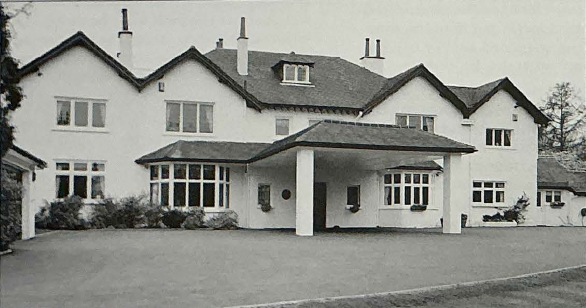
In 1903, Purley was still a small village on the outskirts of London. Foxley Lane was a minor road, often impassable in winter. Webb was responsible for establishing a regular bus service between the village and Foxley Lane. He was also involved in the building of St Mark's Church, Purley.
Extracts from the book "Gardens First", by Vanda Bouri are used on this website with permission.
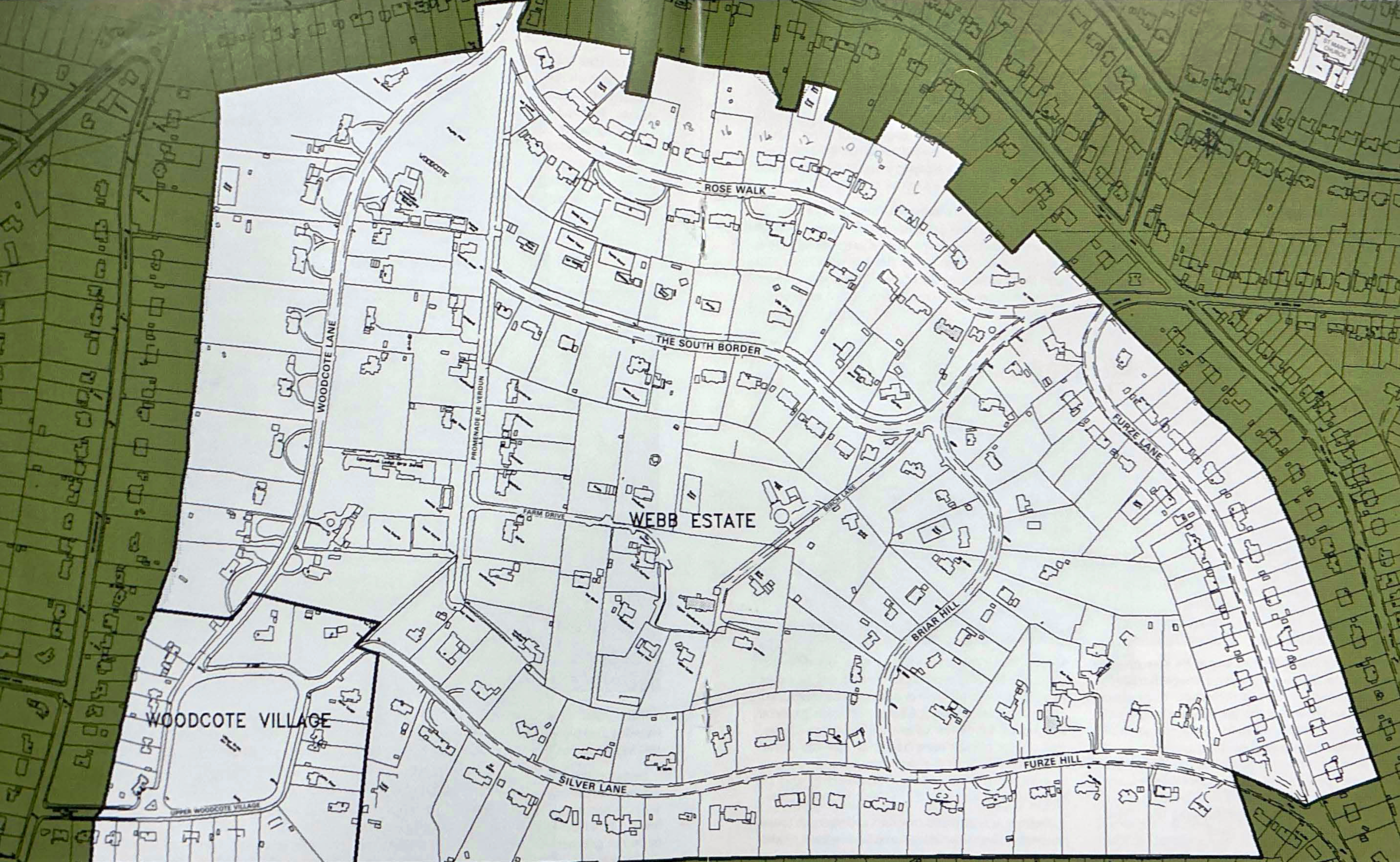
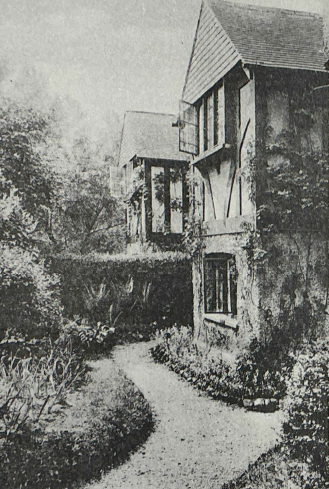
Garden First
The Garden First in Land Development
This philosophy is clearly set out in "Garden First". As the title implies, Webb took the unusual stop of landscaping the grounds before building commenced.
The first decision he made was to clear the land of all fences and divided them by privet hedges. One each side of these party hedges, Webb planted a variety of shrubs and two or more rows of trees which were at least twelve years old.
Soil for the flowerbeds was carefully chosen. Made from layers of top soil collected during construction of the roads, and interspersed with layers of manure, sand and clay, it proved to be an extremely fertile blend. To stop privet roots from encroaching on the flower beds, Webb had slate borders inserted between them to a depth of 2'4", with the top four inches protruding above the soil. These were cemented together to form a barrier between the privet and the flowers.
